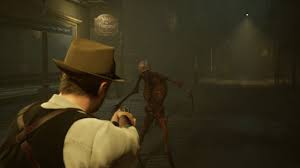Anne Frank betrayal suspect named by researchers after new investigation

A six-year investigation into the death of Second World War diarist Anne Frank has named a suspect who "very likely" gave her family up to the Nazis.
A team of around 20 historians, criminologists and data specialists have been using modern investigative techniques to look into the circumstances surrounding the betrayal of the teenager more than 75 years ago.
They believe a relatively unknown figure, Jewish notary Arnold van den Bergh, gave the Frank family up in order to save his own family, research team member Pieter van Twisk told the daily NRC newspaper.

Anne was discovered in a raid at the canal-side house in Amsterdam on 4 August 1944 after two years of hiding in some concealed rooms behind a bookcase.
Previous studies have claimed there was no conclusive evidence the young Jewish diarist and her family were betrayed.
Some theories claimed the raid which led to their detention may have been part of an investigation into illegal labour or falsified ration coupons.
Master database to uncover new leads
The new investigation team, which included retired FBI agent Vincent Pankoke, compiled a master database with lists of Nazi collaborators, informants, historic documents, police records and prior research to uncover new leads.
Dozens of suspects had been named in past decades, but never before had modern investigative techniques been applied so extensively to identify a suspect.
The attempt to identify the betrayer was not intended to lead to prosecution, but to solve one of the biggest unsolved mysteries in the Netherlands of the Second World War.

After Anne was discovered, her diary - which documented her time in hiding from 1942 to 1944 - was kept safe until it was published by her father, Otto, in 1947.
Anne, 15, and her elder sister Margot died in the Bergen-Belsen concentration camp in 1945.
The findings of the new research will be published in a book by Canadian author Rosemary Sullivan, The Betrayal of Anne Frank, which is due to be released on Tuesday.


 United Kingdom
United Kingdom Argentina
Argentina  Australia
Australia  Austria
Austria  Brazil
Brazil  Canada
Canada  Germany
Germany  Ireland
Ireland  Italy
Italy  Malaysia
Malaysia  Mexico
Mexico  New Zealand
New Zealand  Poland
Poland  South Africa
South Africa  United States
United States 





























